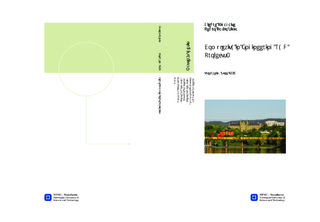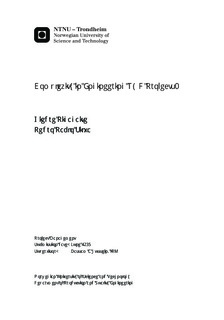| dc.description.abstract | The Literature is busying itself much with the subject of complexities in project work from the early 2000. There are many definitions proposed about complexity, but still no one suggested the unique one way to name it, and much less a proposed framework of how to reduce it. At the end, all the more complete solutions seem to make things more complicated. That?s why our thesis?s purpose was, firstly, to find elements and situations that cause complexity in engineering R&D projects; secondly, to identify and analyze them in order to come up with tangible solutions. Also, to see the role of the PM in the project, along with the impact he/she may have on the complexity issues. A qualitative and reliable research of the literature within the field of project complexity and complexity in R&D projects was done. Then, an empirical research based on several interviews with PMs working in the field of R&D and dealing with constant complexity. The framework developed in the literature review was contrasted with the empirical analysis, to create our findings and solutions to possible complexity issues. The thesis results show that the literature focus is somewhat narrow, and we could see that complexities in actual projects are nothing but broad. We have listed a few solutions ?that we got from the empirical research? that are a shot at handling the two main situations we were involved with. The main finding is that situations of complexity that project managers have to face are more than simply caused by structural complexity or uncertainty alone, but of a compound effect of both.The competencies needed from PMs differ depending on what kind of project and situation they have. In Internal Improvement projects: the PM had to have a good knowledge of what the capabilities of the project personnel are in order to achieve maximum flexibility, and come to the best possible final product. In Client Engineering projects: it was important to have good scope knowledge, and make sure that the project team did not ?overdo? the scope, but only delivered what was necessary and asked for by the client. Two very important, universal competencies were singled out though: understanding of the whole project picture, and leadership.Another interesting finding was that the leadership style adopted by the PM depends on the main success criteria.Key words: project complexity, uncertainty, leadership style, project manager. | nb_NO |

